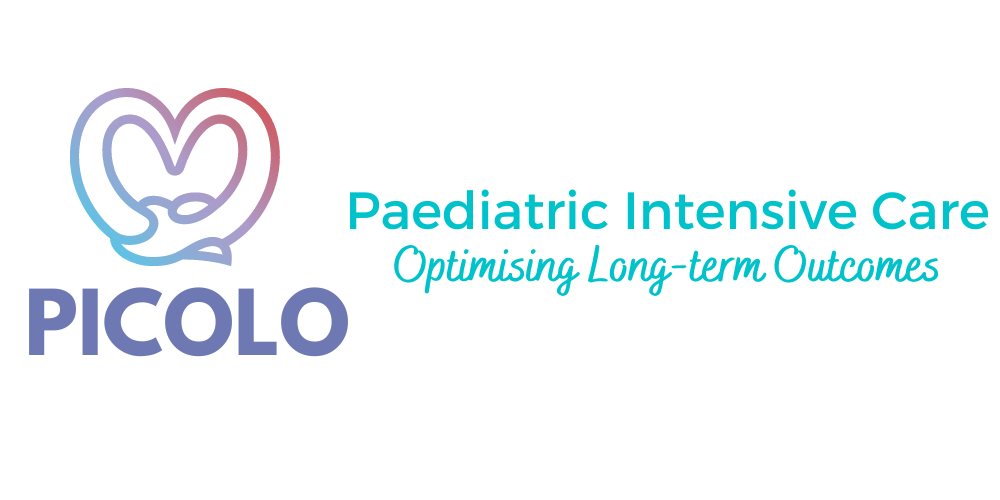Pain Management
In the PICU, there can be pain caused from procedures and interventions that are ultimately helping your child to get better; acute (temporary) pain caused by injuries or illnesses such as a broken leg or an infection; or chronic (ongoing) pain caused by chronic health conditions, unmanaged acute pain, or prolonged periods of stay in hospital.
Procedural pain can be managed with either medical or non-medical interventions.
Acute and chronic pain require medical intervention and can be assisted with non-medical interventions to ensure that pain is minimized, minimally impacts everyday life, and doesn’t worsen over time. Chronic pain may not be visible in the same way that a broken leg is visible, so it is important to identify any issues of pain early so that the pain can be treated, and chronic pain can be prevented.
Below are some educational videos that you can watch with your parenting partner, a family or friend support, or child.
Procedural Pain
In the PICU, some interventions such as inserting a cannula (needle) to take blood tests or to give medications can lead to pain or cause discomfort.
Below is a video to help you come up with strategies to manage and minimize pain during cannula insertions or needles. There is also a PDF summary of the strategies to minimize pain during procedures such as needles here.
Video Source: https://www.megfoundationforpain.org/2022/07/22/be-the-boss-of-your-brain/
Some other ways to reduce pain during procedures in the PICU (or in hospital) include:
Physical Touch/Comfort Positions: from a caregiver e.g. holding or hugging child during a procedure is shown to reduce pain (see information sheet here)
Sugar or Sucrose: can be given to small infants to reduce acute pain during a procedure
Some other things to be mindful of during the PICU admission to reduce pain and discomfort are:
Pressure Injuries: it is important to move patients even if they are sedated (not awake), as pressure caused by lying in one position for prolonged periods of time can cause ulcers or sores.
Tape Removal: tape that holds breathing or other tubes in place, on the face or elsewhere, can cause skin redness or bleeding if not removed properly.
Managing Environmental factors: lighting and noise in the hospital can impact wellbeing as well as sleep quality, which can lead to problems such as delirium (click here to read more).
Acute Pain
Acute pain is pain caused by injuries or illnesses such as broken bones or other physical injuries, or infections such as bronchitis, pneumonia, RSV, or influenza.
Acute pain must be managed appropriately with medication to ensure that it does not develop into chronic pain.
Read the Pain Actually Happens in your Brain information sheet here to explain how acute pain can develop into chronic pain.
Chronic Pain
Chronic pain may occur from a chronic health condition, from unmanaged acute pain, or from a prolonged stay in hospital. It may occur after PICU, but can be prevented and minimized by early interventions and pain management strategies during the PICU and hospital stay.
Below is an educational video on chronic pain and research that is being conducted to minimize and prevent it.
Video source: https://www.megfoundationforpain.org/2022/07/25/tame-the-beast/
Video source: https://youtu.be/Vwvpi4zlU
There are many more resources and educational materials on pain management at the Meg Foundation Website
